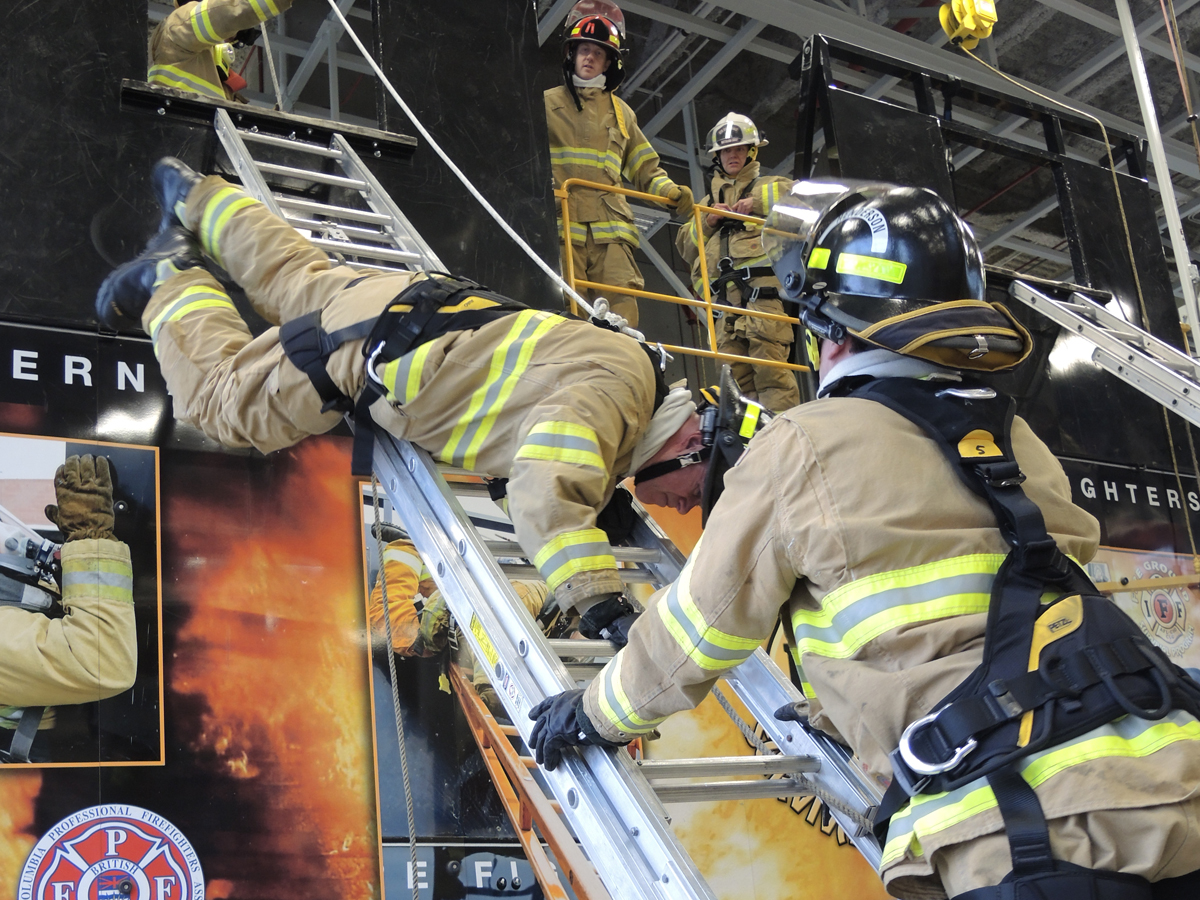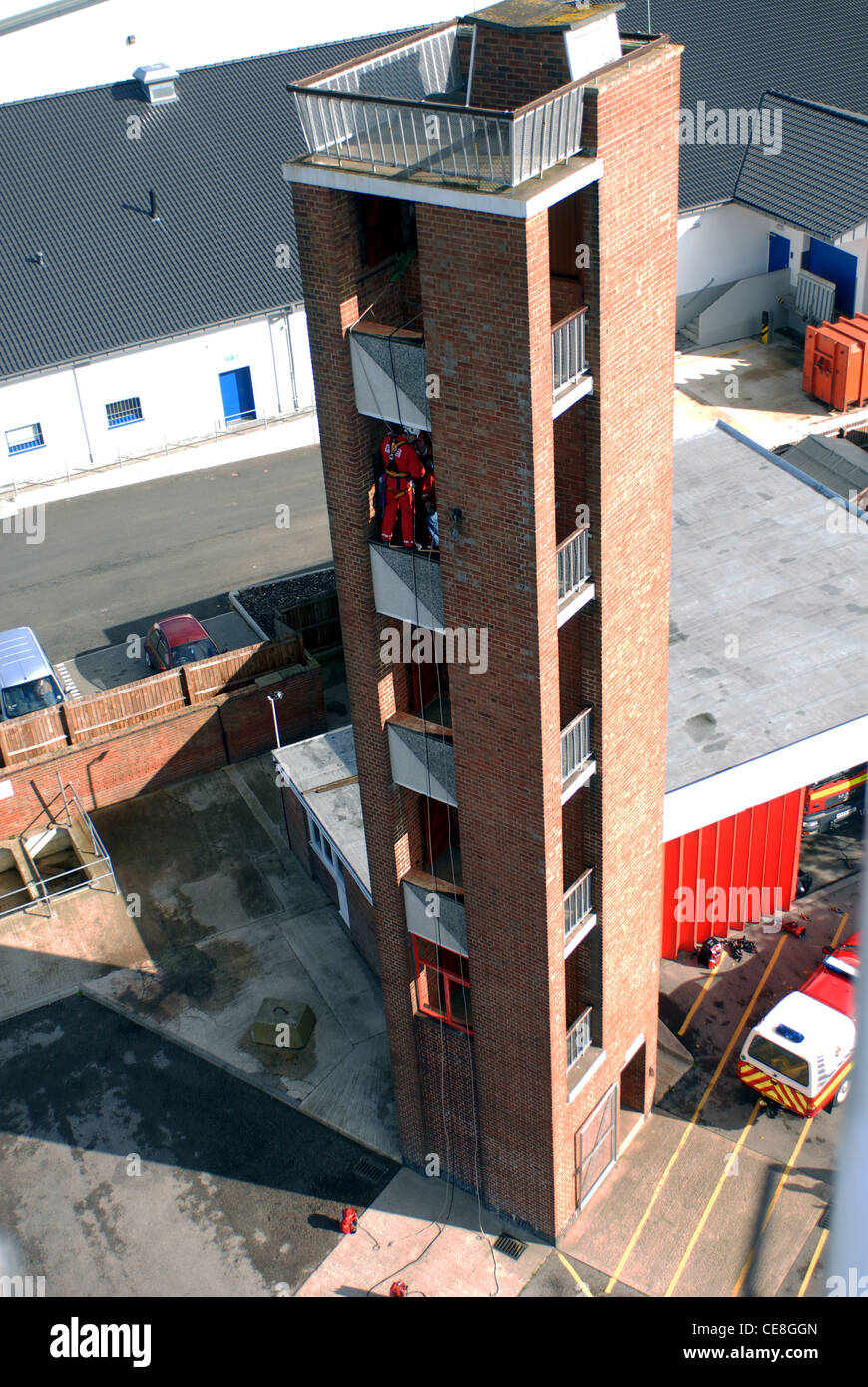The Definitive Guide to Sprinkler Systems and Fire Safety Training
The Definitive Guide to Sprinkler Systems and Fire Safety Training
Blog Article
Fire prevention measures is a critical concern for any property owner. Core strategies of fire protection are sprinkler systems and firefighting preparedness programs. While sprinkler systems act to control fires, organized fire response units protect lives.
How Do Automatic Fire Suppression Systems Work?
Fire suppression setups activate in emergencies by managing water flow when fire breaks out. Every nozzle targets specific areas, localizing the response.

Critical aspects of fire sprinklers include:
- Fire response heads: Deliver water to combat fires.
- Pressurized pipes: Supplies water to fire zones.
- Control systems: Oversee system functions.
- Emergency water tanks: Ensures system reliability.
The Importance of Fire Brigade Training
Fire brigade training equips individuals to handle fire emergencies. Emergency skills development emphasize teamwork, minimizing risks during dangerous conditions.

Key elements of fire brigade training include:
- Proactive fire safety knowledge: Preventing fire outbreaks.
- Escape route planning: Organizing orderly exits.
- Firefighting techniques: Gaining confidence in fire control.
- Communication in emergencies: Working together effectively.
Qual a quantidade de sprinklers por m2?sprinkler de incêndio
The Synergy Between Fire Suppression and Emergency Training
Using automatic fire suppression with team safety exercises provides unmatched safety. Sprinklers suppress flames quickly, while trained fire brigades ensure proper evacuation.

This dual approach ensures maximum protection for residential areas, workspaces, and large-scale operations alike.
Conclusion: Prioritizing Fire Safety with Comprehensive Protection
Investing in sprinkler systems and providing fire brigade training provides peace of mind. When used in combination, these strategies mitigate fire risks.
Start improving your fire safety today by installing a sprinkler system and organizing emergency response drills. Your safety and the safety of others depend on it!
Report this page